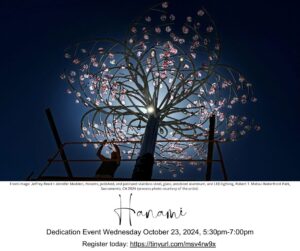In the heart of the River District, a unique initiative is taking root – the River District Seed Pile Project. Aimed at understanding which native seeds thrive best in urban conditions, particularly along transit corridors like streets, sidewalks, and bike paths, this community-driven project invites residents, workers, and frequent visitors to contribute to a vibrant urban ecosystem.
The goal of the Seed Pile Project is to understand how native seeds adapt and flourish in urban areas. By focusing on transit corridors, the project aims to enhance the greenery along paths commonly traveled by the community, creating a more sustainable and visually appealing environment.
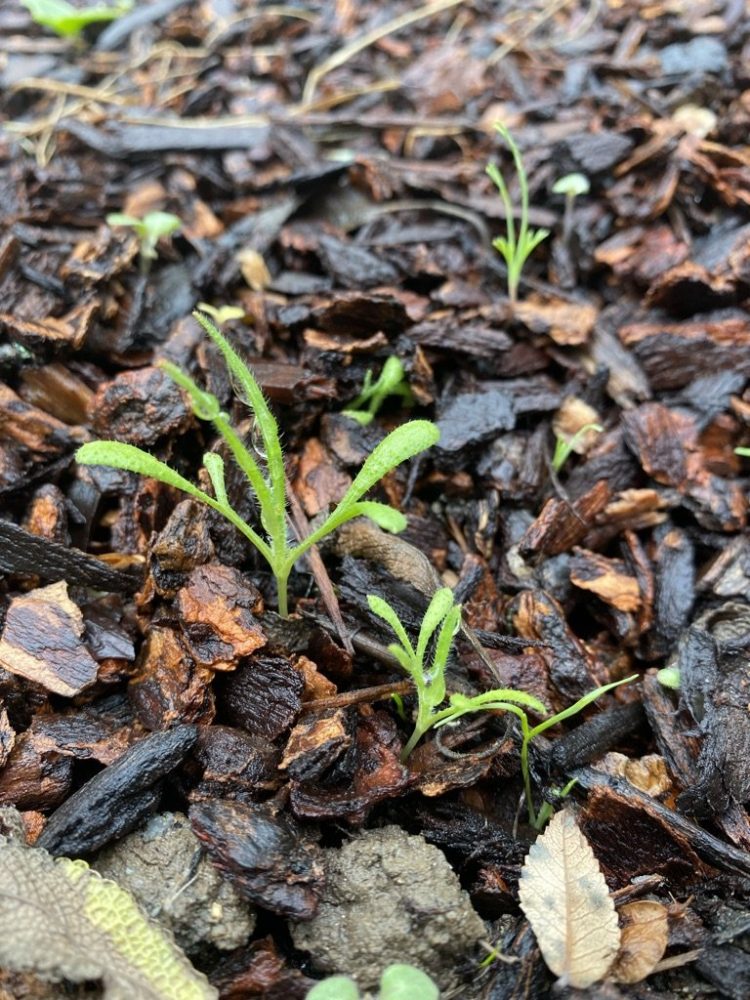
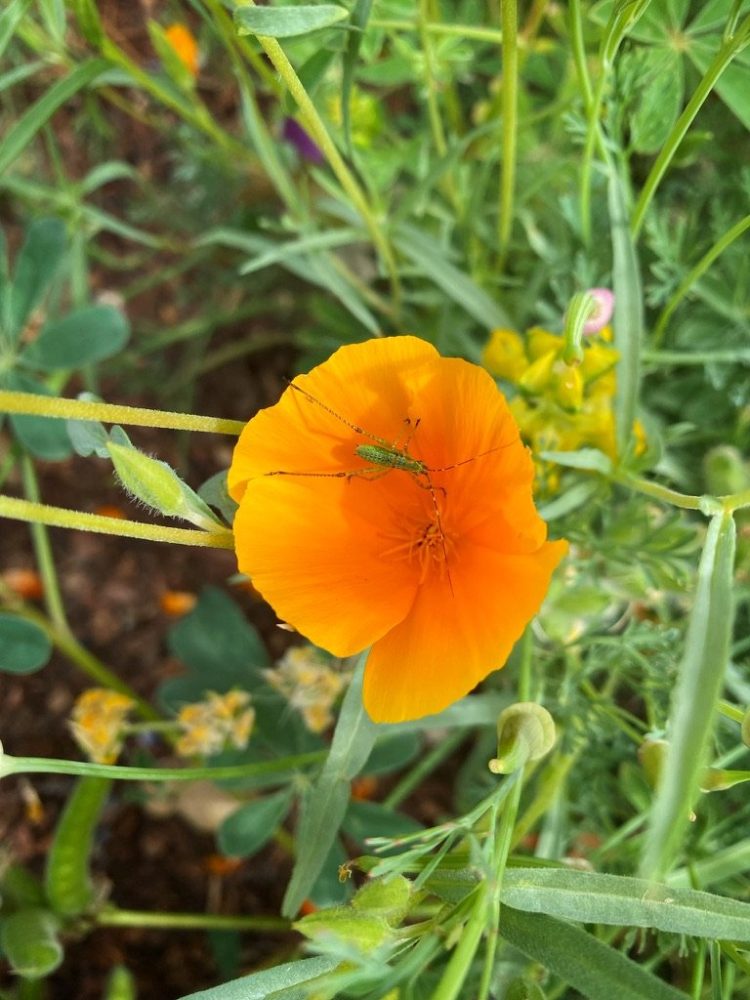
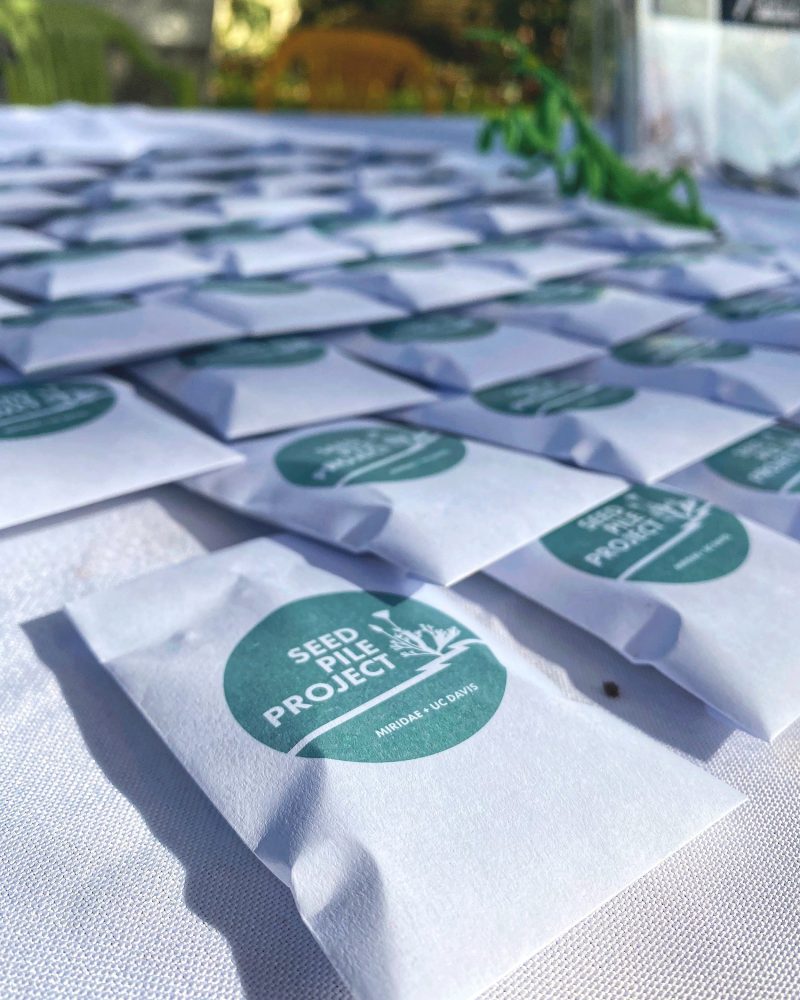
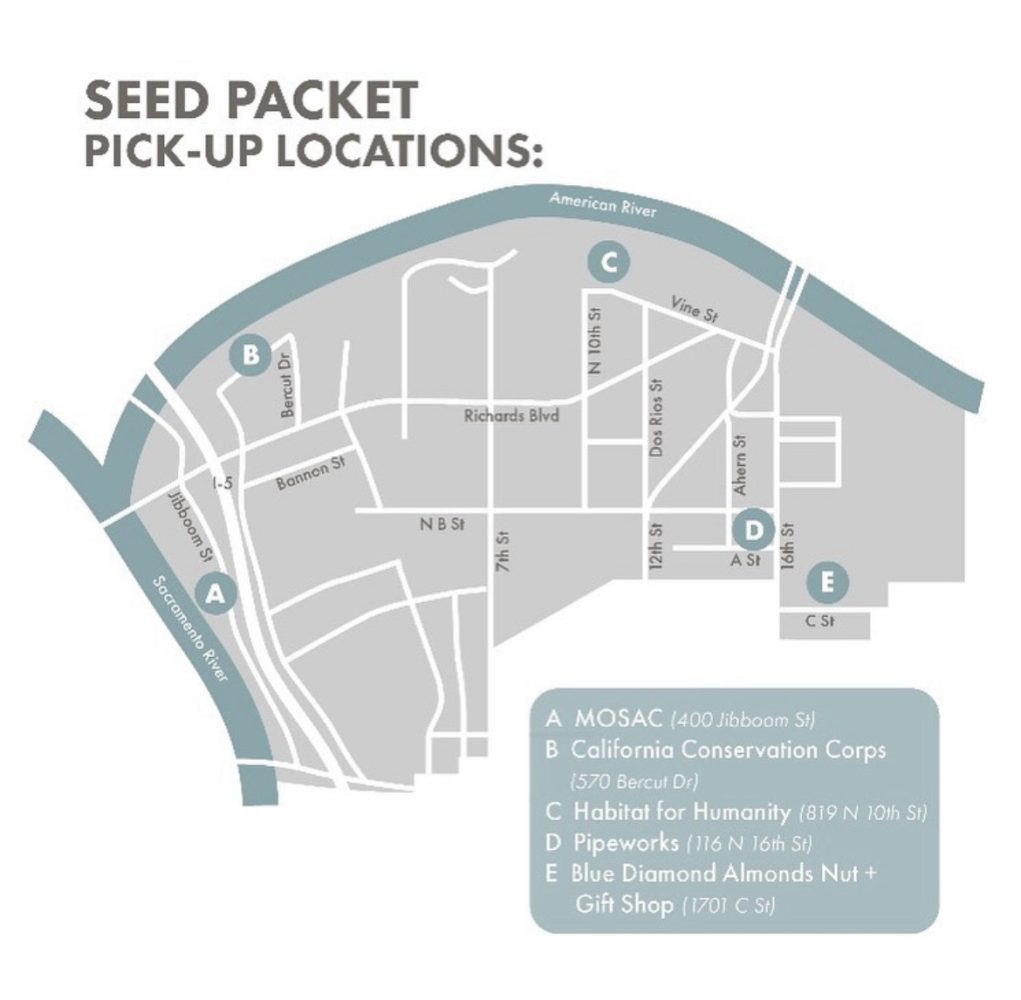
Getting Involved:
Participation in the Seed Pile Project is easy. Free seed packets are available at various locations throughout the River District, including the Blue Diamond Almond Nut & Gift Shop, California Conservation Corps, Habitat for Humanity ReStore, the Museum for Science and Curiosity, and Pipeworks gym. The seed packets contain a diverse selection of native plant seeds carefully curated for this region of Sacramento.
How to Start:
To get started, simply scan the QR code at the back of the seed packet. This will take you to an online platform where you can sign up to participate in this project. Once registered, it’s time to drop your seeds. Remember, the seeds should be placed where they will not be regularly maintained or watered.
Monthly Monitoring:
Participants are encouraged to sow their seeds along transit corridors. These could be the edges of sidewalks, vacant lots, or bike paths. Once a month, participants are asked to visit their designated area, observe the progress of their seeds, and record relevant data. This includes major changes or disturbances such as herbicide spraying, dirt removal, or maintenance. Fous on one plant species at a time, but look at plant growth within a five-foot radius. How many types of sprouts do you see? Estimate how many seedlings you see of that plant. Make a note of the type of substrate (ground type) they are on (i.e., dirt, gravel, asphalt, etc.,) Repeat this process for each plant species you see.
Community Collaboration:
The success of the Seed Pile Project hinges on the collaborative efforts of the community. This approach fosters a sense of shared responsibility for the urban green spaces, promoting a stronger connection between residents and their natural environment.
Data Uploads:
After each monitoring session, participants are encouraged to upload their data to the online platform. This collective database becomes a valuable resource for researchers, urban planners, and environmentalists interested in understanding the dynamics of native plants in urban settings. The more data collected, the clearer the picture becomes of which plants thrive and contribute to a healthier urban ecosystem.
The River District Seed Pile Project is a testament to the power of community-driven initiatives in fostering sustainable urban development. By participating in this project, individuals not only contribute to a greener, more vibrant city but also gain valuable insights into the delicate balance between nature and urban life. So, let’s unite, sow the seeds of change, and watch as the River District blooms into a thriving urban oasis!
For more information on the River District Seed Pile Project visit: https://www.miridaelivinglabs.org/seedpileproject
To learn about the seeds inside the packets ad how to identify them, visit: https://www.miridaelivinglabs.org/seedlingguide

